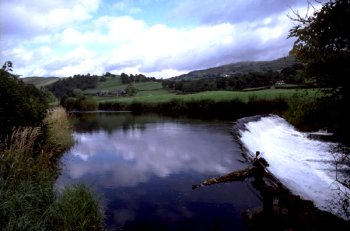|
|
Catch and Release 
| We catch and release the vast majority of the time.
We
encourage you to catch and release, so that others may enjoy these fine
fish, and so we don’t decimate the fish population.
When
you do keep fish, please don’t always keep the maximum legally
allowable, unless you really need that many.
|
| Here
are some catch and release tips from Fisheries
and Oceans Canada. |
- Remember: when fishing for salmon, barbless
hooks are mandatory.
- Use large lures or artificial baits to reduce
the incidental catch of undersize fish.
- Do not overplay the fish, bring it in as
quickly as possible.
- For a salmon under 30 cm, unhook it at the
water surface to minimize handling.
- For a larger salmon, if it is too difficult to
unhook it in the water, bring it onboard, remove the hook quickly and
release it. This will cause less stress and damage to the fish.
- Use a soft knotless mesh net to minimize scale
loss.
- Handle the fish securely. Keep it immobile
while the hook is removed then quickly release it into the water.
- Remove the hook with needle-nose pliers or
surgical hemostats.
- Do not touch or handle a fish by its gills.
- To avoid injury, support the fish when lifting
by placing one hand around the base of its tail and the other under its
belly. Do not lift it by the tail as this will stretch the vertebrae.
 - To return the fish to water, release it
at a 45° angle with the head pointing down and just above the
waterline. If the fish is exhausted, revive it in the water by keeping
a grip on its tail; move it back and forth slowly to increase water
flow over the gills; wait until it is strong enough to swim out of your
hands.
- Some fish may be hooked deep inside the mouth.
If this is the case, cut the line as close to the hook as possible and
leave it in. The hook will erode in time
|
|
|